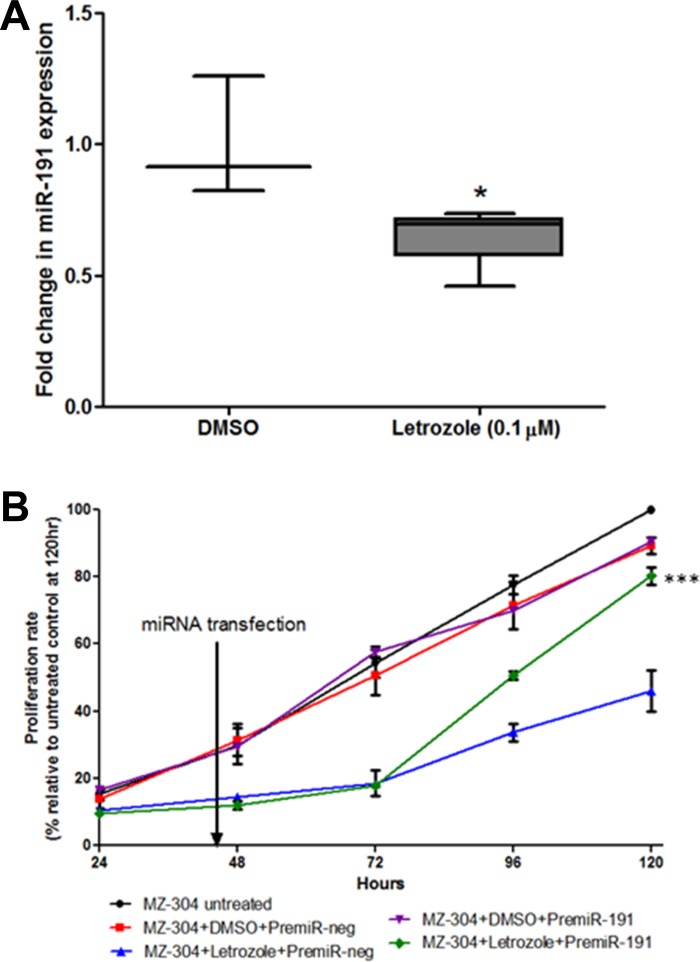Figure 6. Assessment of miR-191contribution to GBM-letrozole treatment.
GBM cells (MZ-304) were treated with Letrozole (0.1 μM) and qPCR was carried out to assess the effect of aromatase inhibition on the oestrogen response microRNA, miR-191. Notably, Letrozole treatment resulted in a 34.46% ± 4.99 reduction in miR-191 expression relative to vehicle-treated controls (A), n = 3, mean ± SEM *p < 0.05). Therefore, the ability of reintroduced synthetics premiR-191 into Letrozole-treated GBM cells to rescue the reduced-proliferation phenotype was assessed over 120 hours (B). It was found that transient transfection of miR-191 Let-treated MZ-304 cells led to a restoration of ‘normal’ cell proliferation rates, similar to those noted in untreated and DMSO+premiRneg-treated MZ-304 cells (***p < 0.001, n = 3, mean ± SEM, Two way ANOVA).

